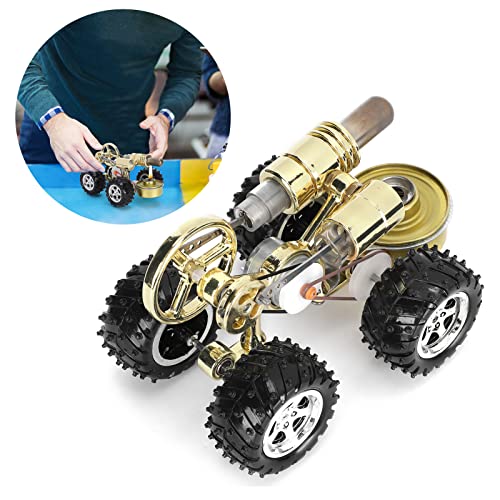Hi Indian,
Please can you add a picture of the back cover of the Zeus book? - It may help for those of us without the copy you have.
Thanks,
Minh-Thanh, without CAD I find this of little use, as I can't make a picture (but can copy yours!), but you seem to have a method that works for you. (What is pamme? - or panme? you seem to use 2 spellings?).
Is this "by eye" - or is it by indexing on x-y coordinates? I wonder if it as accurate as indexing off gears? (Indexing by gears systems had been used for a century of more before Mr Babbage invented his calculating machine).
Of course, without the change wheels on the lathe an alternative to gear indexing is needed. - So I should like to understand your method. It looks - from my interpretation of the picture - as if you are indexing by using a stop on the workpiece and indexing 9.23mm at a defined radius? - I can't figure how to do this on a blank after machining only the first tooth gap?
K2
Please can you add a picture of the back cover of the Zeus book? - It may help for those of us without the copy you have.
Thanks,
Minh-Thanh, without CAD I find this of little use, as I can't make a picture (but can copy yours!), but you seem to have a method that works for you. (What is pamme? - or panme? you seem to use 2 spellings?).
Is this "by eye" - or is it by indexing on x-y coordinates? I wonder if it as accurate as indexing off gears? (Indexing by gears systems had been used for a century of more before Mr Babbage invented his calculating machine).
Of course, without the change wheels on the lathe an alternative to gear indexing is needed. - So I should like to understand your method. It looks - from my interpretation of the picture - as if you are indexing by using a stop on the workpiece and indexing 9.23mm at a defined radius? - I can't figure how to do this on a blank after machining only the first tooth gap?
K2
Last edited:













































![DreamPlan Home Design and Landscaping Software Free for Windows [PC Download]](https://m.media-amazon.com/images/I/51kvZH2dVLL._SL500_.jpg)


![MeshMagic 3D Free 3D Modeling Software [Download]](https://m.media-amazon.com/images/I/B1U+p8ewjGS._SL500_.png)

















